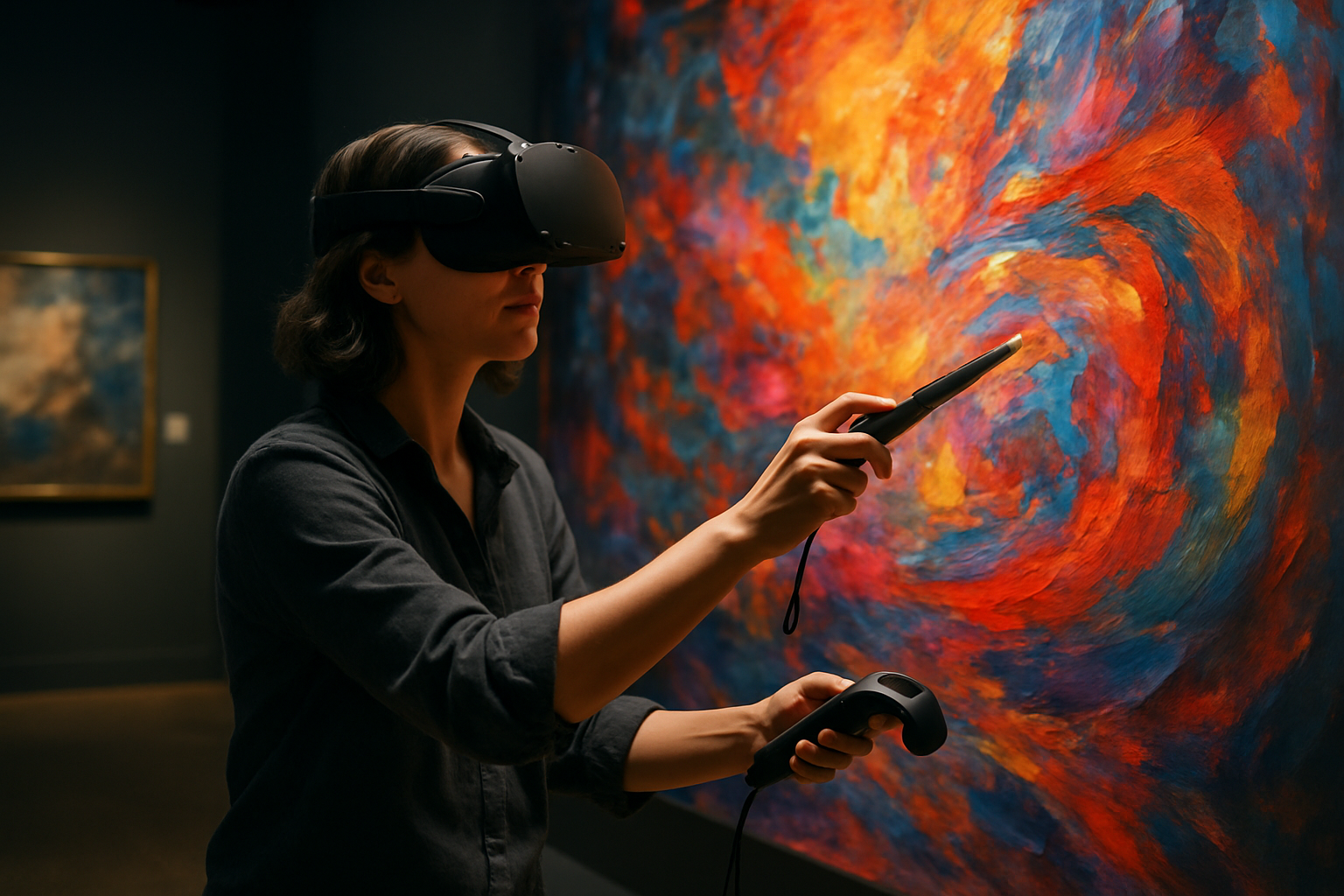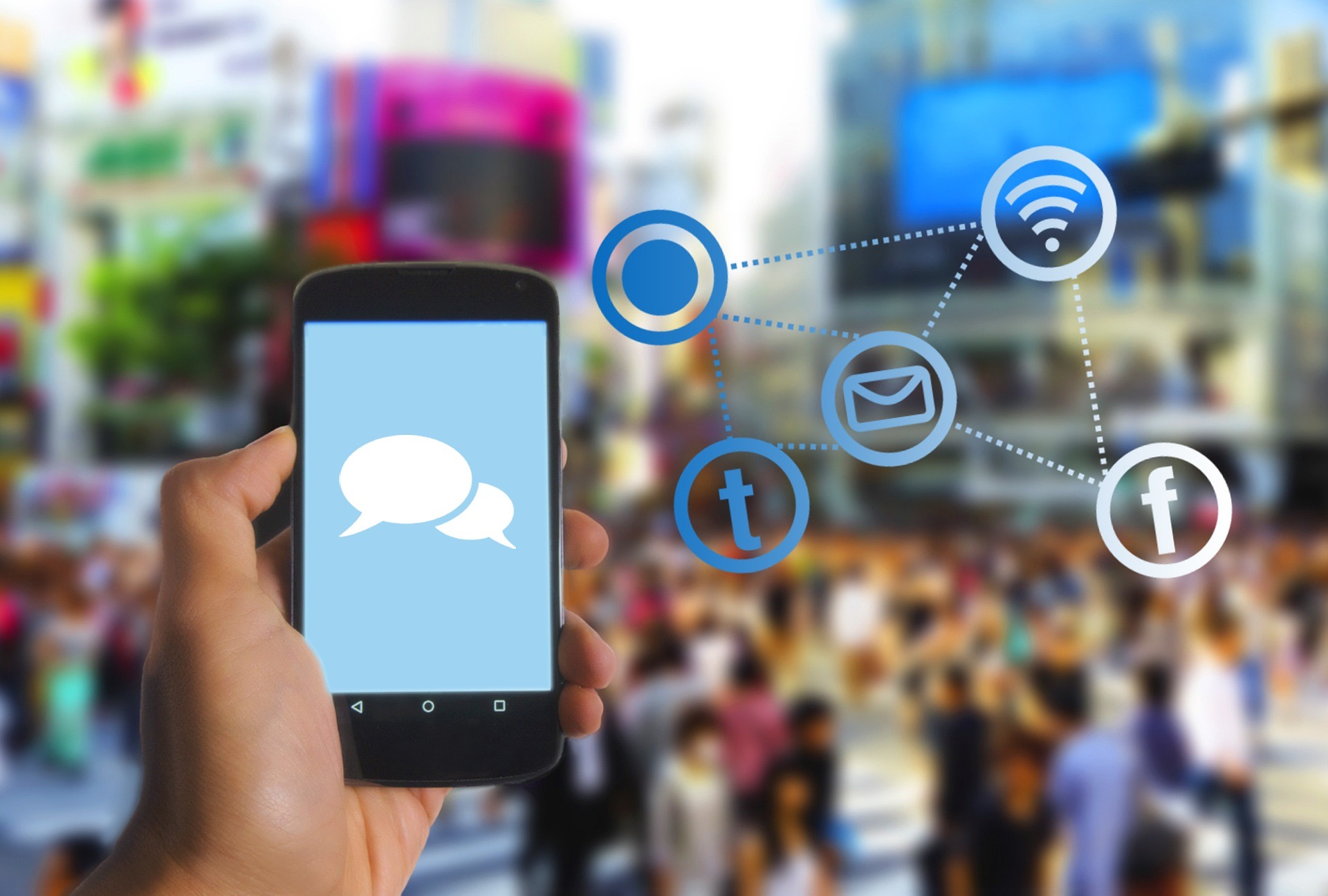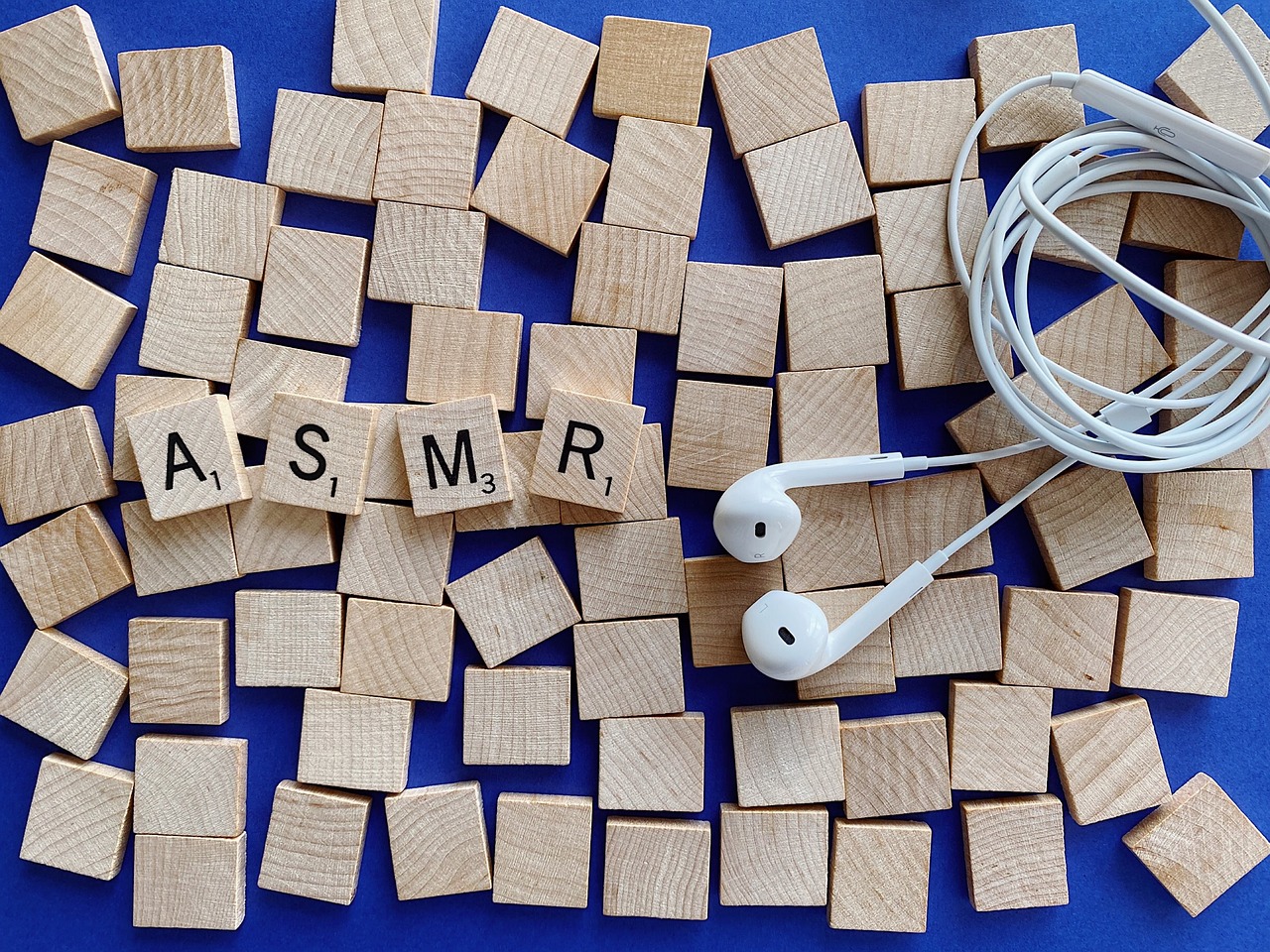Fusion of Technology and Art: A New Digital Frontier
Introduction: In the ever-evolving world of art and culture, a new player has emerged on the scene, bridging the gap between technology and creative expression. This player is nothing less than the trend of digital art. So, strap in and get ready to explore the transformative journey of this modern artistic movement, its current developments, and its impact on our cultural landscape.

A Historical Overview of Digital Art
In the late 20th century, a new art form began to take shape. With the advent of digital technologies, artists discovered a fresh canvas—computer screens and software. Digital art, as this innovative form is known, uses digital technology as an essential part of the creative process, transforming traditional arts into a new, dynamic medium. It started with simple pixel art and basic computer graphics, but rapidly evolved with technology’s progression, leading to the creation of sophisticated 3D models, virtual reality art, and even AI-generated masterpieces.
Contemporary Scene: A Digital Renaissance
Today, digital art has become a mainstream form of artistic expression. From digital painting and sculpting to digital installations and performances, the possibilities are endless. A notable trend within this movement is the rise of Non-Fungible Tokens (NFTs) in the art world. NFTs are unique digital assets that can be bought, sold, and owned much like physical art pieces, adding a new dimension to the concept of art ownership.
Impact and Significance: Redefining Artistic Boundaries
Digital art has not only broadened the spectrum of creative expression but also made art more accessible. Now, anyone with a computer and an internet connection can explore and create art. Furthermore, it’s challenged the traditional notions of art, questioning what constitutes an artwork and who can be an artist. This democratization of art has stirred conversations and debates within the art community and beyond, indicating the significant cultural impact of this movement.
Reception: Embracing the Digital Canvas
While the reception of digital art has been mixed, there’s no denying its influence. Some purists argue that it lacks the tangible, personal touch of traditional art forms. However, many have embraced it for its limitless potential and accessibility. As digital art continues to evolve and permeate popular culture, it’s clear that this is not a passing fad but a dynamic, transformative force in the world of art.
Looking Ahead: The Future of Digital Art
As we look to the future, the fusion of art and technology promises exciting developments. From AI-generated art to immersive virtual reality experiences, there’s an entire digital frontier waiting to be explored. As artists continue to push the boundaries of creativity and technology, who knows what mesmerizing digital masterpieces await us?
In conclusion, digital art represents an exciting evolution in the realm of creative expression. It’s a testament to the endless possibilities when art and technology merge, promising a future where creativity knows no bounds.





